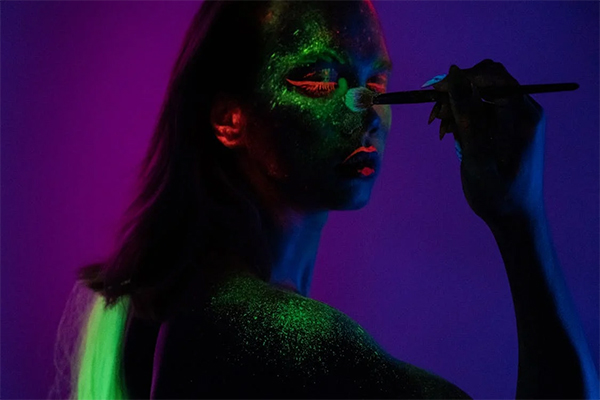There are many moving reflections on gender and sexuality in art history, which shows how social norms and ideals have changed over time. Through their work, artists have always been challenging norms, from the classical masterpieces of ancient Greece to the studies of fluid identity in modern times. Modern practitioners look at the complicated relationships between gender, sexuality, race, and class through the lens of intersectionality. This helps build understanding and bring about social change. Art is still a strong way to break down stereotypes and fight for acceptance, changing how people think about and feel about gender and sexuality.
Historical Perspectives on Gender and Sexuality in Art
Images of gender and sexuality have always been a deep reflection of society’s norms and beliefs. Artists have always been interested in how to represent and define identity, from the classical statues of ancient Greece to the controversial works of the Renaissance. These works of art not only show how ideas about gender roles and sexual identities are changing over time, but they also force people to face their own biases and beliefs.
Contemporary Artistic Representations of Gender and Sexuality
Being a class of modern art, the artist is too quality-conscious and does influence changes always in his or her thought regarding gender and sexuality. The contemporary artist makes use of a varied range of media to see how changing identities adapt, from painting and sculpture to performance and digital art. Not only do they question what society sets as the norms and open the way for them through tolerance, but they really encourage hard, very overdue discussions of how gender and sexual orientation presentation are unnecessary and particularly complicated in this world.
Intersectionality and Identity in Art
Intersectionality has become the concept through which to look at the complex reality underlying different aspects of identity, like gender, sexuality, race, class, and now even in the art world. Intersectionality embraced in art tries to bring out or make visible this linkage of these different forms of experiences, within which many different forms of oppressions and privileges meet and interface. By exploring these intersections, art becomes a potent tool for fostering empathy, understanding, and social change.
The Power of Art in Challenging Gender and Sexual Norms
Art is a tradition where it uses its medium to provide a platform that questions prevalent norms and initiates the debate on issues of gender and sexual identities. Their varied thought pro and their daring creations have a tendency to touch a social convention, which then invites the viewers to question their re-established norms, prejudices. Art has the incredible power to break stereotypes and empower even the voices of the most marginalized, creating alternative frameworks or points of view and narratives. In this kind of light, art does not become a tool but an agency with power bigger than discourses in shaping attitudes and perception of gender and sexuality.
Sexuality and gender always merged to a very large detail to produce art in history—a reflection from society to oneself. They have worked hard and challenged the norm from historical representation to contemporary ventures to encourage discussions on questions of identity and inclusiveness. Within an intersectional perspective, art sets forces in motion that change; the goal is to set dimensions of human experience into view and argue for points of empathy, understanding, and social change. On the other hand, art works as an extremely mighty tool in setting a difference in attitude and perception in issues related to gender and sexuality.
Photo Attribution:
1st and featured image by https://www.pexels.com/photo/boy-and-girl-cutout-decals-1386336/
2nd image by https://www.pexels.com/photo/man-smoking-cigarette-in-a-room-4814927/

